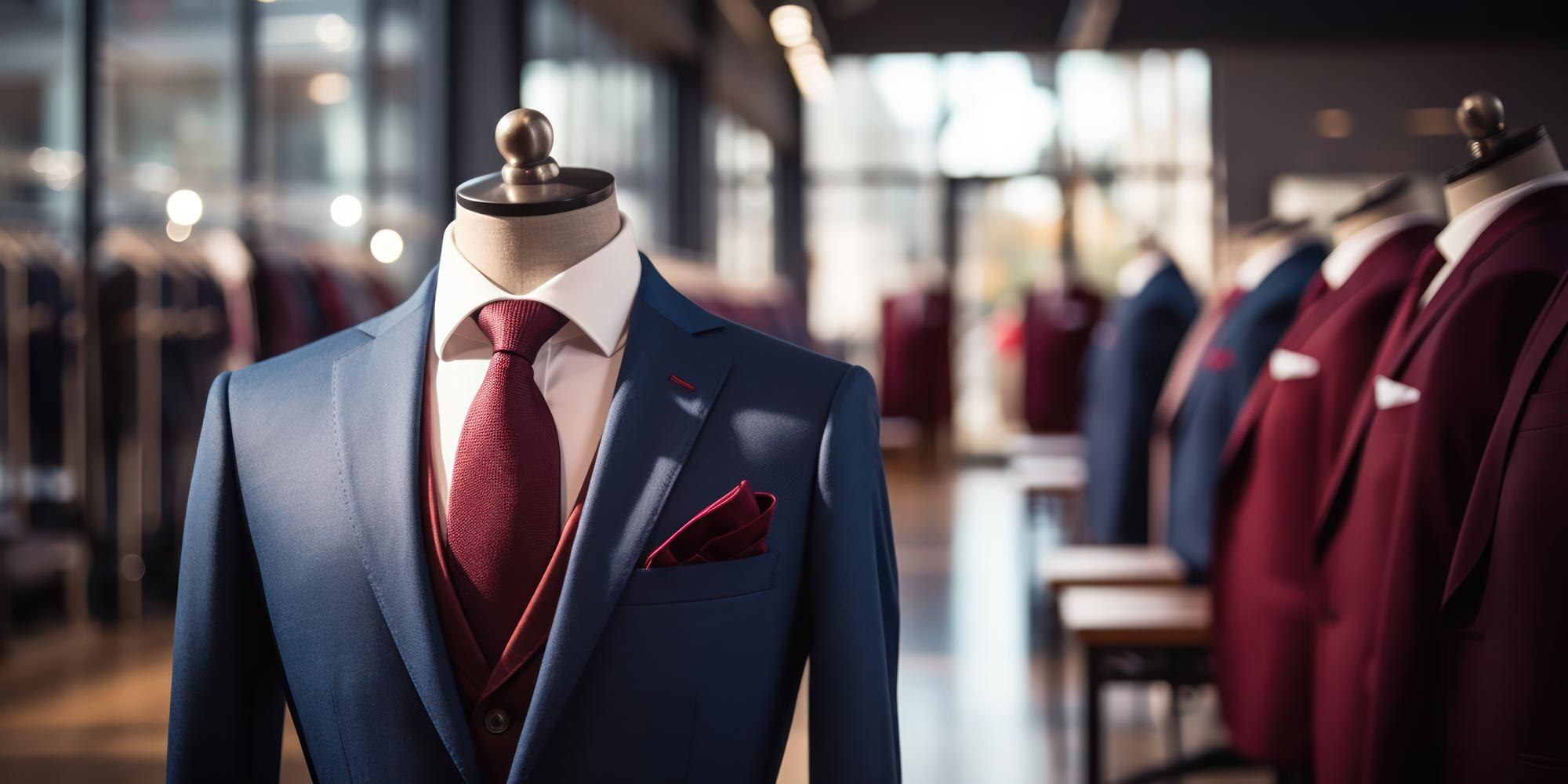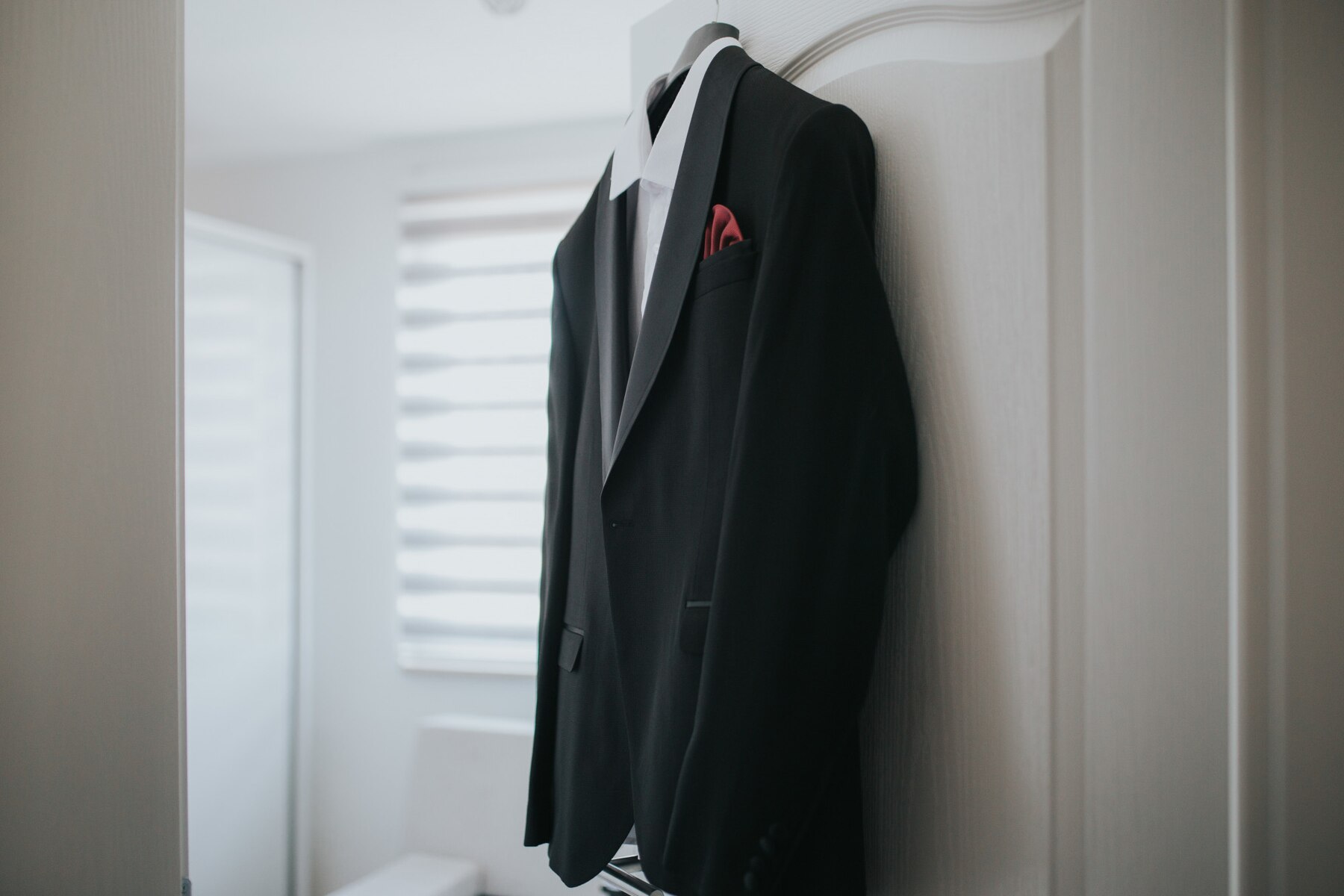
How to Find the Perfect Suit for Your Body Type
A well-fitted suit is more than just an outfit—it’s a reflection of confidence, sophistication, and personal style. Whether you’re preparing for a big interview or a wedding or simply want to elevate your everyday look, finding a suit that complements your body type can make all the difference. Our extensive research in the Men’s Fashion & Style space has shown that understanding your physique and choosing the right suit styles can transform your appearance, ensuring you look polished and feel empowered.
This guide walks you through a step-by-step journey to help you discover the perfect suit. Whether you’re a seasoned style enthusiast or exploring suits for the first time, you’ll gain valuable insights to make an informed decision.
Pro Tip:
Start with classic styles like a navy or charcoal suit, as they are versatile staples. Once you’re comfortable, experiment with bolder choices, such as patterns and unique textures, to refine your personal style.
Quick Guide to Finding the Perfect Suit:

- Identify Your Body Type: Choose a suit style that enhances your physique (e.g., structured shoulders for slimmer frames, tapered waists for athletic builds).
- Select the Right Fabric: Wool for year-round wear, linen for summer, and cashmere blends for a luxurious touch.
- Focus on Fit & Details: Ensure the jacket fits well at the shoulders, the trousers have a minimal break, and the lapels complement your face shape.
- Invest in Tailoring: Adjustments ensure a flawless fit, boosting both comfort and confidence.
- Match the Occasion: Stick to classic tones for business, and experiment with patterns for social events.
Important Tip:
A well-tailored suit makes all the difference. Even the most expensive off-the-rack suit won’t look perfect unless it’s adjusted to fit your body proportions. Always invest in tailoring for a polished, sophisticated look.
Why the Right Suit Matters

A Well-Fitted Suit is a Game-Changer
A suit isn’t just fabric stitched together—it’s a statement. When tailored correctly, it highlights your strengths and minimises perceived flaws. A perfect fit not only enhances your physical features but also boosts your confidence. Imagine walking into a room where heads turn because your suit fits like a glove. Now, contrast that with the discomfort of an ill-fitted suit that looks boxy or tight. The difference is undeniable.
Real-Life Impact
- A broad-shouldered man wearing a suit with structured shoulders that balance his frame, exuding strength and confidence.
- A slimmer man choosing a double-breasted jacket that adds volume and dimension to his physique.
By selecting styles that align with your body type, you create a polished, confident image that speaks volumes before you even say a word.
Step-by-Step Guide: Find Your Ideal Suit
1. Identify Your Body Type
Before exploring styles and fabrics, it’s essential to understand your body type. Most men fall into one of these categories:
- Ectomorph (Slim Build)
- Characteristics: Lean frame, narrow shoulders, minimal body fat.
- Best Suit Styles: Opt for structured shoulders and slim-fit jackets to add definition. Double-breasted styles add volume, giving the illusion of a fuller frame.
- Mesomorph (Athletic Build)
- Characteristics: Broad shoulders, narrow waist, well-defined physique.
- Best Suit Styles: Single-breasted jackets with a tapered waist emphasise the V-shape. Avoid overly tight fits that may restrict movement.
- Endomorph (Broad Build)
- Characteristics: Rounder shape, tendency to carry weight in the midsection.
- Best Suit Styles: Suits with structured shoulders and a straight-cut jacket offer balance. Darker hues and vertical stripes create a slimming effect.
- Athletic (Well-Proportioned Build)
- Characteristics: Balanced build with muscle definition.
- Best Suit Styles: A tailored fit that follows the body’s natural lines works best. Avoid overly tight cuts that compromise comfort.
2. Choose the Right Fabric
Fabric defines the comfort, look, and longevity of your suit. Understanding which fabric suits your lifestyle and climate ensures you stay stylish while feeling at ease.
- Wool: The most versatile and durable option, perfect for year-round wear.
- Linen or Cotton: Lightweight and breathable, ideal for warmer seasons and outdoor events.
- Cashmere Blend: Adds a luxurious touch with unmatched softness, ideal for formal occasions.
Pro Tip: Opt for lightweight fabrics if you live in warmer climates, while heavier wool blends work best for cooler seasons.
3. Master the Details: Jacket & Trousers
Small details can make a huge difference. Understanding these elements ensures your suit is sharp from head to toe.
Jacket Essentials
- Lapels:
- Notch Lapels: Versatile and ideal for most body types.
- Peak Lapels: Add height and structure—perfect for shorter or broader frames.
- Buttons:
- Single-Breasted (Two Buttons): Timeless and versatile.
- Double-Breasted: Bold and stylish, ideal for slimmer builds.
Trouser Fit
- Fit: Trousers should sit comfortably at the waist, with a minimal break for a modern, tailored look. A minimal break, where the hem meets the shoe, gives the outfit a fresh, contemporary vibe.
- Pleats:
- Flat-Front: Sleek and polished, suited for leaner frames.
- Pleated: Offers extra comfort for fuller figures.
Advanced Tips & Expert Insights

Tailoring is Key
Even the most expensive off-the-rack suit can’t compete with a perfectly tailored fit. A skilled tailor adjusts the fit to your unique shape, enhancing your silhouette and ensuring comfort.
Colour Coordination & Patterns
- Classic Colors: Navy, charcoal, and black offer timeless elegance.
- Experimenting with Patterns: Once your basics are covered, experiment with subtle pinstripes or checks for a fresh touch of personality.
Common Mistakes to Avoid
- Ignoring Proportions: Avoid suits that are too tight or too loose—striking the right balance is essential for a polished look.
- Over-accessorising: Accessories should complement your suit, not overshadow it. Stick to one or two statement pieces for a refined look.
- Skipping Tailoring: Never settle for an off-the-rack fit without making necessary adjustments.
Embrace Personal Style & Occasion-Specific Choices
Define Your Signature Look
While guidelines provide a foundation, true style emerges when you infuse your personality into your wardrobe. Explore a variety of suit styles, colours, and patterns until you discover what resonates with your unique essence.
Consider the Occasion
Tailor your suit choice to the occasion:
- Business Meetings: Stick to conservative colours and classic cuts.
- Weddings or Social Events: Experiment with bolder styles and playful patterns.
Frequently Asked Questions (FAQ)
1. How do I know if a suit fits me properly?
A well-fitted suit should hug your shoulders without pulling or sagging. The jacket should close comfortably, and the sleeves should end just above the wrist bone, allowing about half an inch of your shirt cuff to show. Trousers should rest comfortably at your waist with minimal break at the shoe.
2. Can I wear a double-breasted suit if I have a larger build?
Yes, but with caution. Double-breasted suits add volume, which may not be flattering for all body types. For larger builds, opt for structured shoulders and ensure a tailored fit to maintain a streamlined silhouette.
3. What is the best fabric for year-round wear?
Wool is the most versatile fabric for suits. It offers breathability and insulation, making it suitable for all seasons. Mid-weight wool is a safe choice if you’re looking for a suit that transitions seamlessly from summer to winter.
4. How often should I get my suit tailored?
It’s best to have your suit tailored immediately after purchase to ensure a perfect fit. If your weight fluctuates or your body changes, revisit your tailor periodically to make adjustments and maintain that flawless fit.
5. Are pleated trousers out of style?
Pleated trousers are making a comeback, offering a vintage-inspired look. While flat-front trousers provide a modern silhouette, pleated trousers offer comfort and a classic aesthetic. Choose based on your body type and personal preference.
Conclusion: Master the Art of Suit Selection
Finding the perfect suit is a blend of science and style—a journey that enhances your confidence and elevates your presence. This guide equips you with the knowledge to make an informed choice, ensuring that each suit you wear reflects your best self.
The finest suit styles are timeless and transform you into your most dapper self. Now that you’re armed with this expertise, the only question left is: What statement will your next suit make about you?


